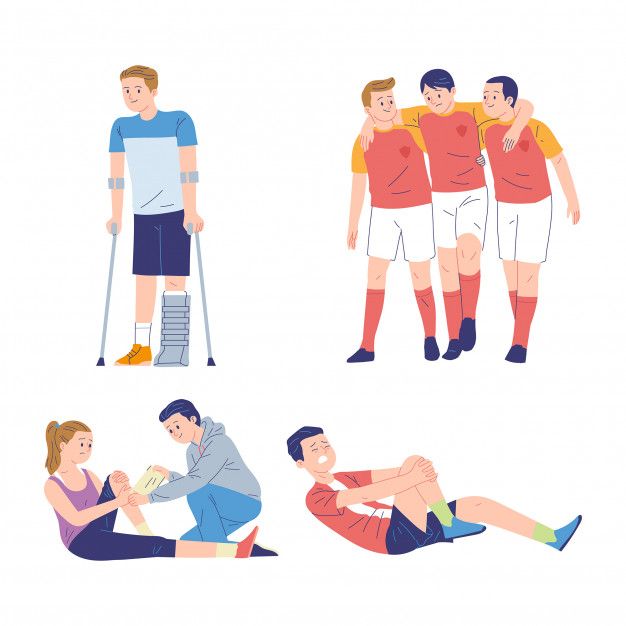Sports injuries are an inevitable part of an athlete's life. Whether you're a professional competitor or a weekend warrior, the risk of getting injured while engaging in physical activity is always present. When injuries occur, the immediate question that arises is often whether surgery is the only solution. However, in recent years, there has been a shift in perspective towards exploring non-surgical alternatives for treating sports-related injuries. Let's delve into this topic to understand when surgery is necessary and when alternative approaches may be viable options.
The Role of Surgery:
Surgery has long been the traditional treatment for many sports injuries, especially those involving severe damage to ligaments, tendons, or bones. In cases where there is a complete tear or significant instability, surgical intervention may be the most effective way to restore function and prevent further damage. For instance, ACL (anterior cruciate ligament) tears in the knee often require surgical reconstruction to regain stability and reduce the risk of future knee instability and cartilage damage.
Moreover, surgical techniques have advanced significantly over the years, leading to improved outcomes and faster recovery times for many athletes. Procedures such as arthroscopic surgery allow for minimally invasive interventions, resulting in smaller incisions, less tissue damage, and reduced post-operative pain.
However, despite these advancements, surgery is not always the best or only option for treating sports injuries. In some cases, non-surgical approaches may yield comparable outcomes without the risks and recovery time associated with surgical procedures.
Non-Surgical Alternatives:
Alternative treatments for sports injuries have gained popularity, particularly among athletes looking to avoid surgery or expedite their recovery process. These non-surgical options may include:
- Physical Therapy: A tailored physical therapy program can be highly effective in rehabilitating sports injuries, improving strength, flexibility, and range of motion. Through targeted exercises and techniques, physical therapists help athletes regain function and prevent re-injury.
- Platelet-Rich Plasma (PRP) Therapy: PRP therapy involves injecting concentrated platelets from the athlete's own blood into the injured area to promote tissue healing and regeneration. While research on its effectiveness is ongoing, some athletes have reported positive results with PRP injections for conditions such as tendonitis and ligament injuries.
- Stem Cell Therapy: Stem cell therapy involves using stem cells to repair damaged tissues and accelerate the healing process. Although still considered experimental for many sports injuries, ongoing research suggests potential benefits, particularly for conditions like osteoarthritis and tendon injuries.
- Regenerative Medicine: Other regenerative medicine techniques, such as prolotherapy and shockwave therapy, aim to stimulate the body's natural healing mechanisms to repair injured tissues. These treatments can be used alone or in combination with other therapies to enhance recovery.
- Bracing and Orthotics: For certain musculoskeletal injuries, wearing braces or using orthotic devices can provide support, stability, and pain relief while allowing the injured area to heal naturally.
Considerations and Conclusion:
While non-surgical alternatives offer promising options for treating sports injuries, it's essential to consider several factors before deciding on a course of treatment. The type and severity of the injury, the athlete's age, activity level, overall health, and personal preferences all play a role in determining the most appropriate approach.
In some cases, surgery may be unavoidable or the preferred option for achieving optimal outcomes, especially for acute traumatic injuries or severe structural damage. However, for less severe injuries or cases where surgery carries significant risks or prolonged recovery times, exploring non-surgical alternatives may be a prudent choice.
Ultimately, the decision regarding surgery versus non-surgical treatment should be made in consultation with a qualified healthcare provider who can assess the individual's unique circumstances and goals. By considering all available options and weighing the potential benefits and risks, athletes can make informed decisions that prioritize their long-term health and athletic performance.






Comments